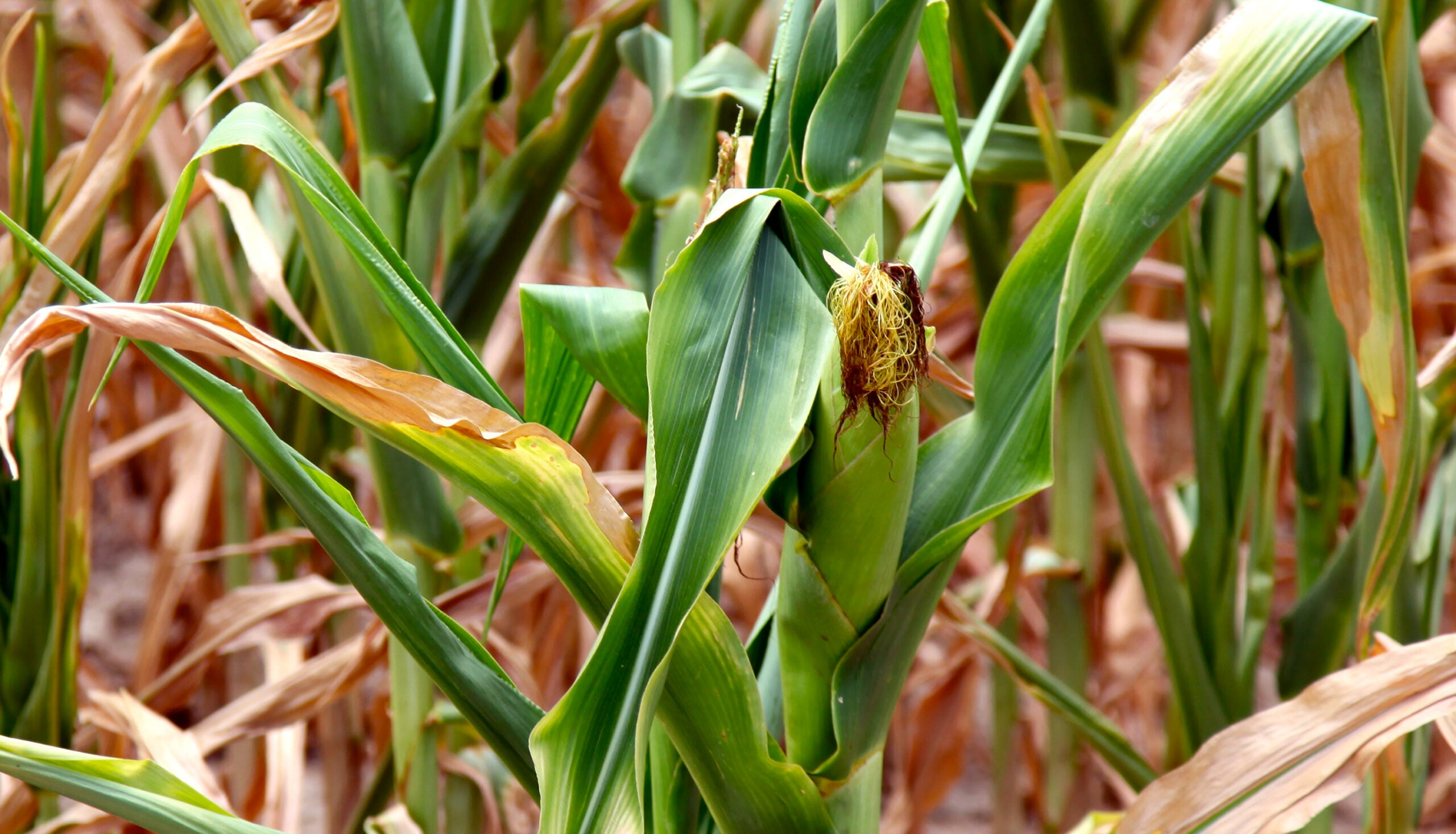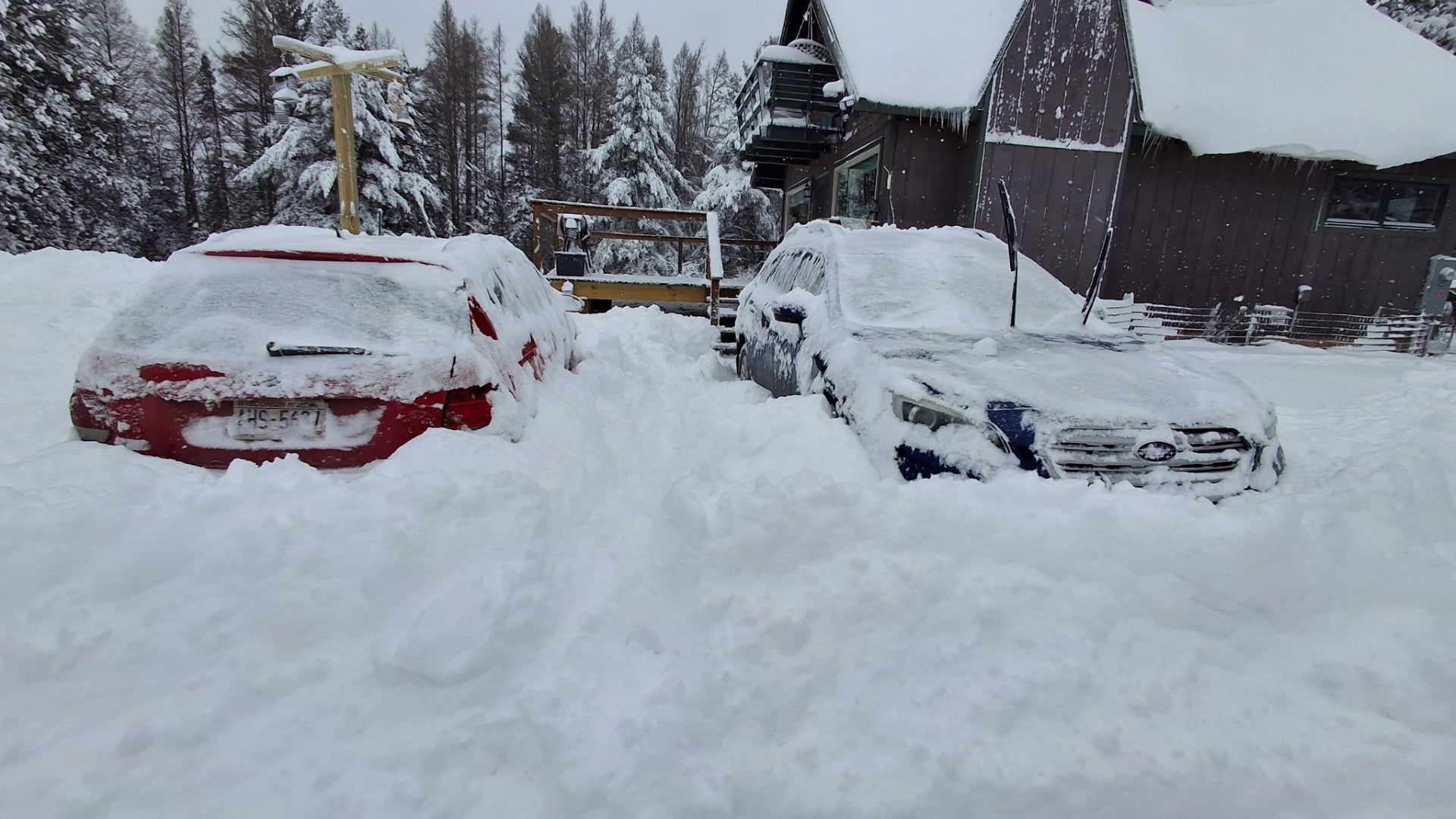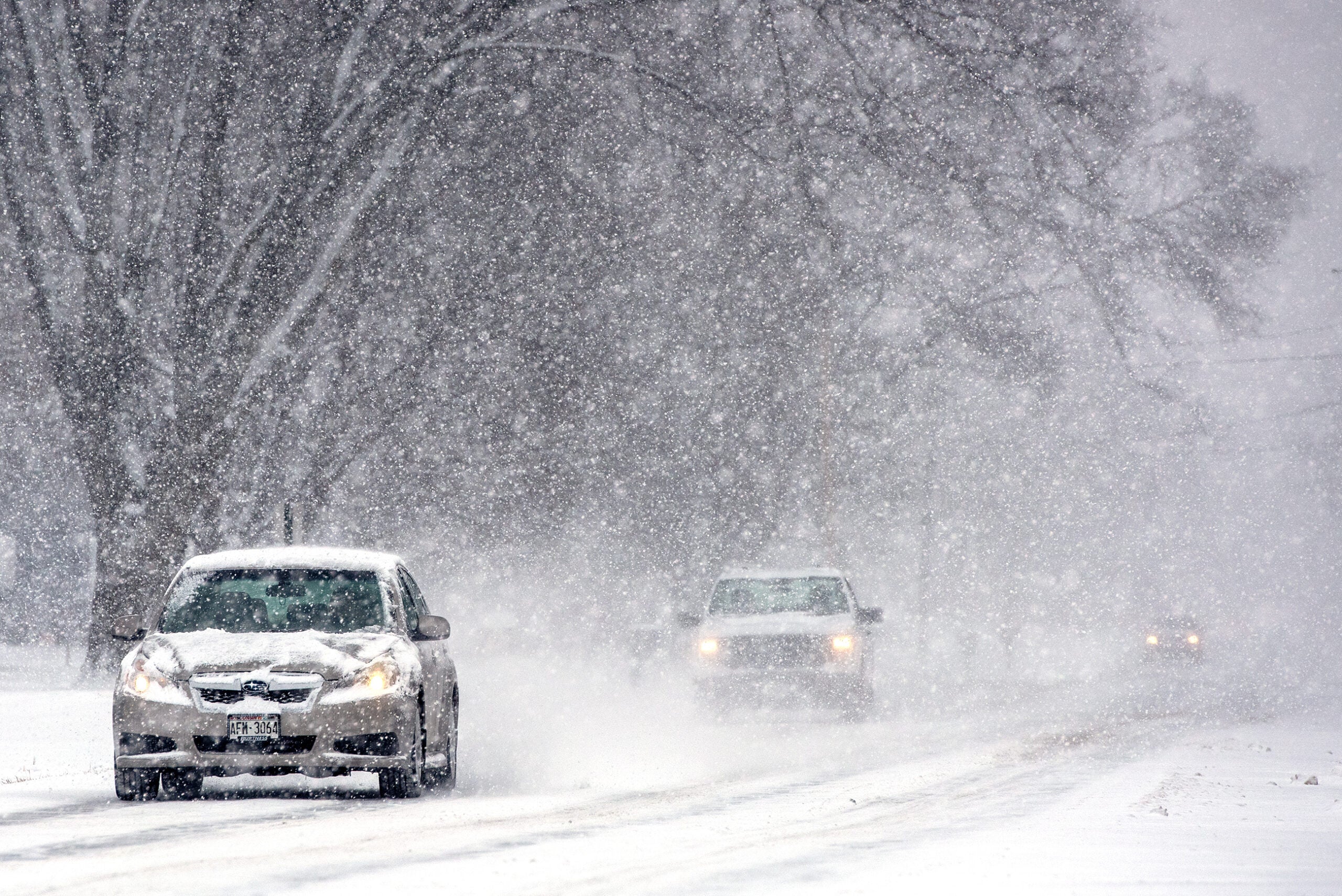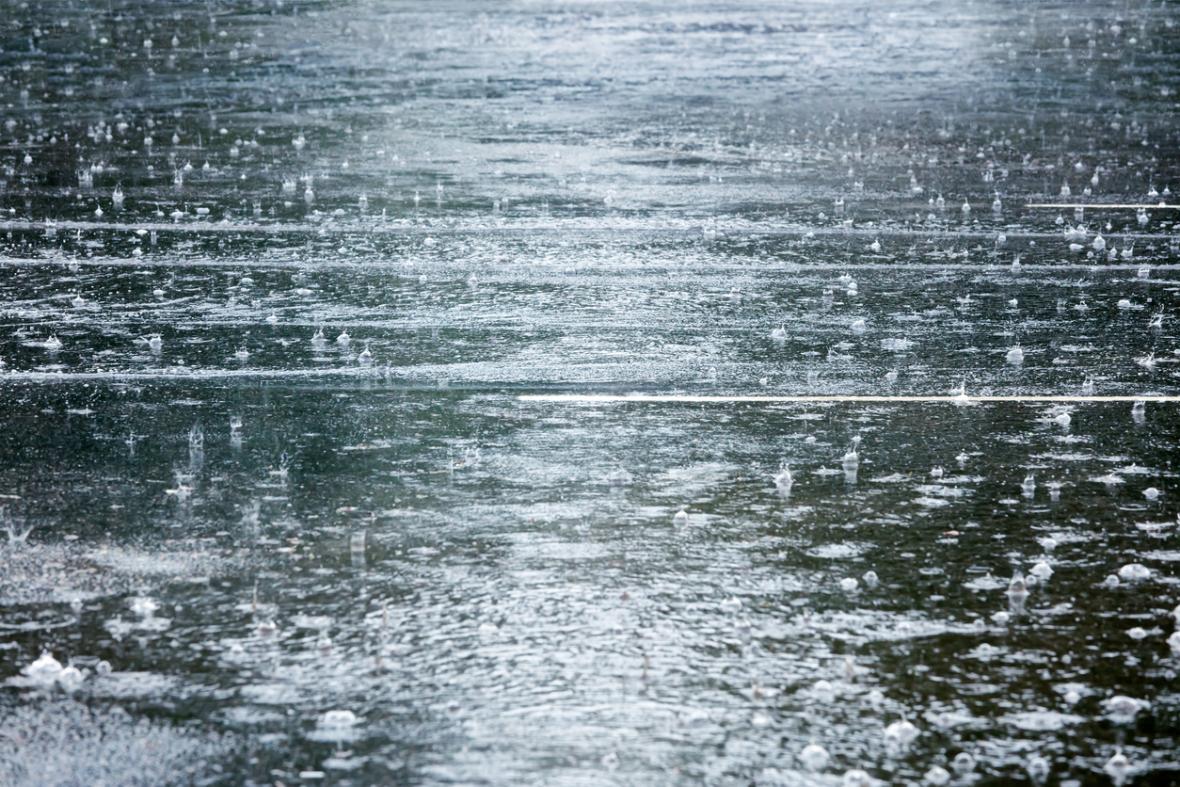Rain in southern Wisconsin this week should help relieve some of the drought stress that continues to plague the state this summer.
But climate experts say one area in far northern Wisconsin has already maxed out the drought scale.
The latest map from the U.S. Drought Monitor shows parts of Douglas and Bayfield counties along Lake Superior were rated as being in an exceptional drought, the most extreme category available.
News with a little more humanity
WPR’s “Wisconsin Today” newsletter keeps you connected to the state you love without feeling overwhelmed. No paywall. No agenda. No corporate filter.
State Climatologist Steve Vavrus said this is the first time since the Drought Monitor started in 2000 that any part of Wisconsin has ranked in the highest category.
“It’s a sliver right along the Lake Superior shoreline, but it’s embedded within a more general extreme drought category in northern Douglas and northern Bayfield,” Vavrus said. “That’s probably more significant in terms of how many people are affected, but that stretch right along Lake Superior is noteworthy because it’s the first time this has happened.”
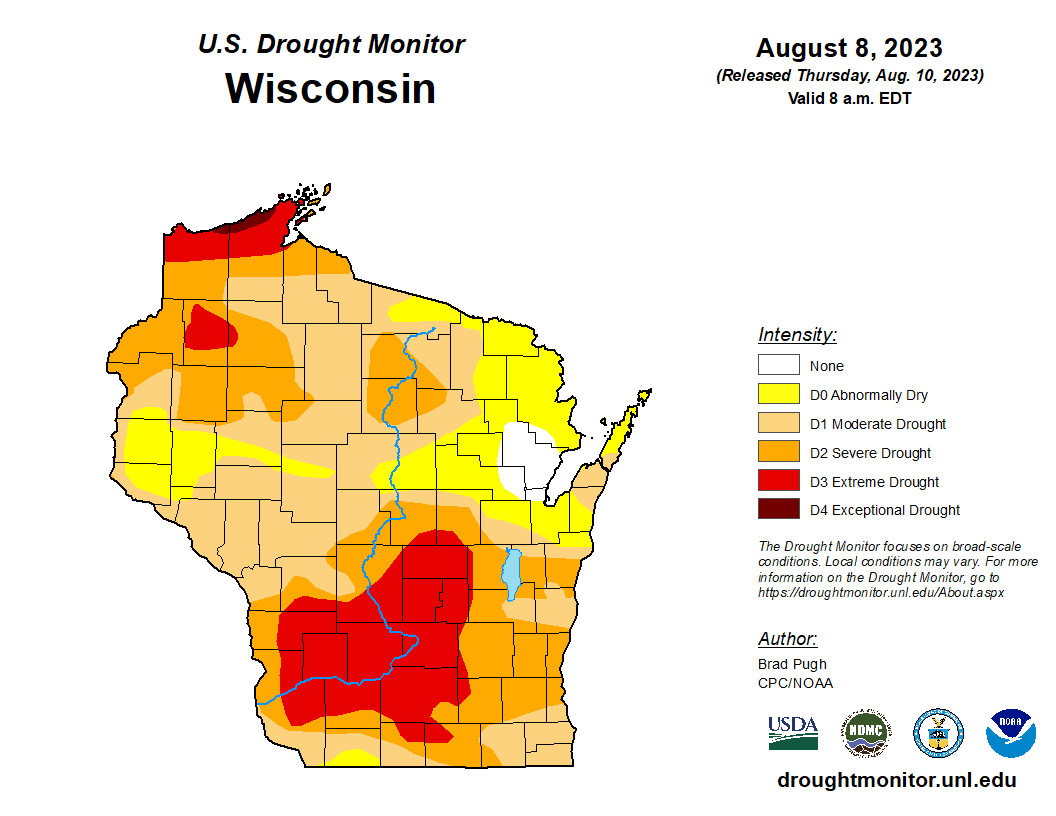
Vavrus said weather experts in the state, including himself, consider a variety of factors before recommending a drought category for a particular region. He said the area in exceptional drought has missed out on most of the little rainfall the state has received this summer.
“Another factor is the high temperatures during the daytime have been more unusually warm up in northern Wisconsin than elsewhere in the state,” he said. “So that’s enhanced the moisture loss from the soils and the vegetation in that area.”
While exceptional drought has remained rare, Vavrus said there has been plenty of extreme drought seen this summer, the second worst category. In addition to Douglas and Bayfield counties, the latest drought map shows a pocket of extreme drought in Washburn County and a large swath of 22 counties in southwestern, central and southern Wisconsin, from Grant and Vernon counties over to Rock County and up to Waupaca County.
Moderate to heavy rainfall moved across much of this area on Monday. National Weather Service meteorologist JJ Wood said the region is forecast to receive between two and four inches of rainfall, with higher amounts possible in the southeastern corner of the state.
Wood said on Monday that storms were expected to shift toward the southeast and deliver the heaviest rainfall in the afternoon and evening.
“This rain is very efficient,” Woods said. “There’s a lot of moisture in the atmosphere that’s being transported from the Gulf of Mexico up here, so we got a lot of moisture to work with.”
South central and eastern counties were under a flood watch for much of Monday. A flood advisory was issued at times for parts of Dane, Columbia, Dodge, Fond du Lac and Sheboygan counties.
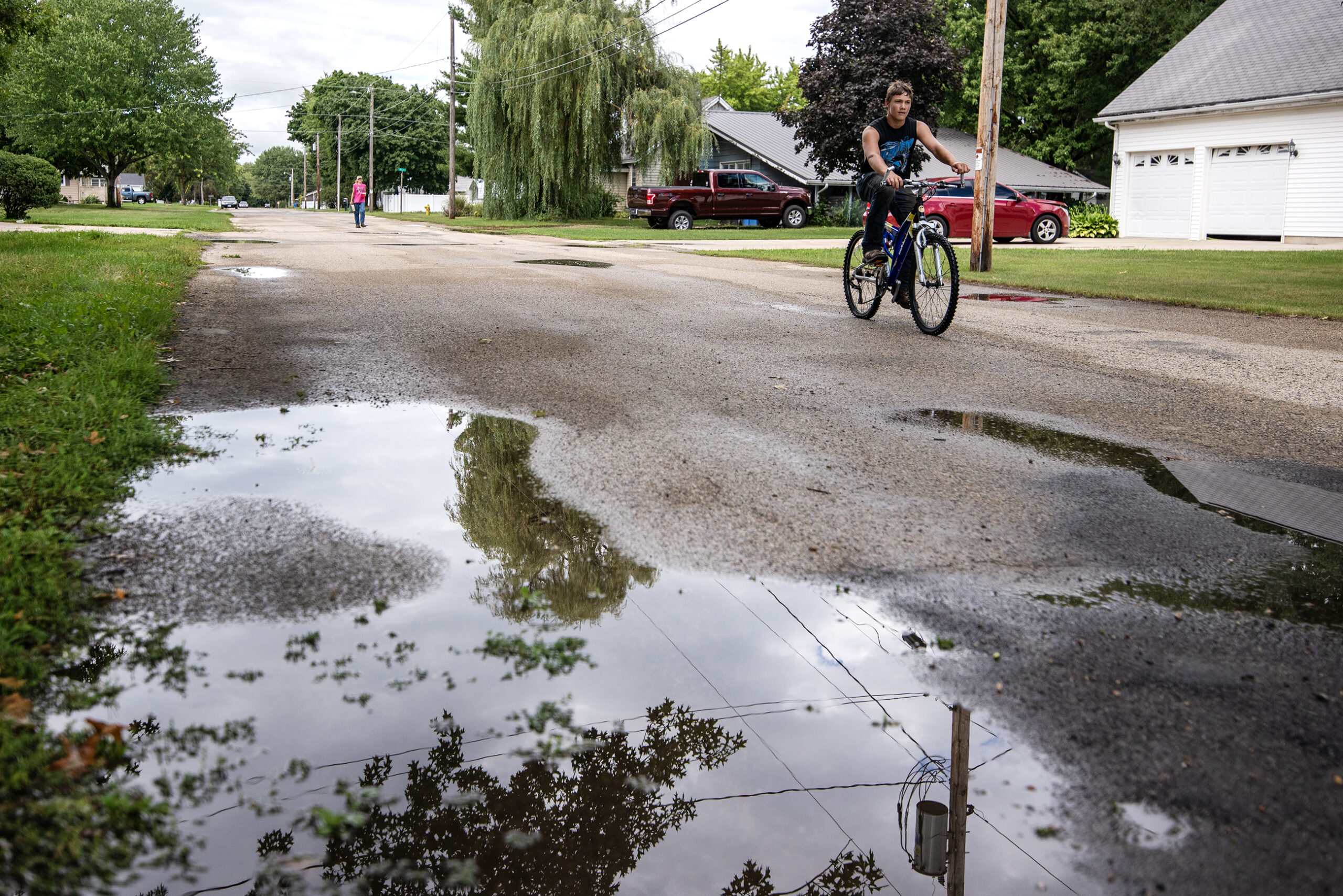
“We’ve been in drought for quite a while so a lot of the areas can take some rain,” Woods said. “But those urban areas and those poor drainage areas are the ones where we’re most concerned.”
He said if rainfall rates remain low, flooding should stay at a minimum. But repeated bands of heavy rain could cause runoff, especially in areas where prolonged drought has dried out soils.
But even if there are more intense showers, Wood said it’s unlikely that Monday’s rain will end the drought conditions.
“We would need a very wet period for probably a month or two to really do a number on the overall drought conditions,” Wood said. “But this certainly will help.”
Vavrus said the longer the drought lasts, the harder it is on farmers and other industries affected by the weather. He said dry conditions during crop pollination in recent weeks could be a challenge for crop development.
But compared to previous years of drought, Vavrus said this summer is more mild, especially because the state hasn’t seen prolonged extreme temperatures.
“I don’t want to downplay what people are going through now, but if you look back, conditions were even worse in 2012 and definitely worse in 1988,” he said.
Editor’s note: WPR’s Danielle Kaeding contributed to this story.
Wisconsin Public Radio, © Copyright 2026, Board of Regents of the University of Wisconsin System and Wisconsin Educational Communications Board.
